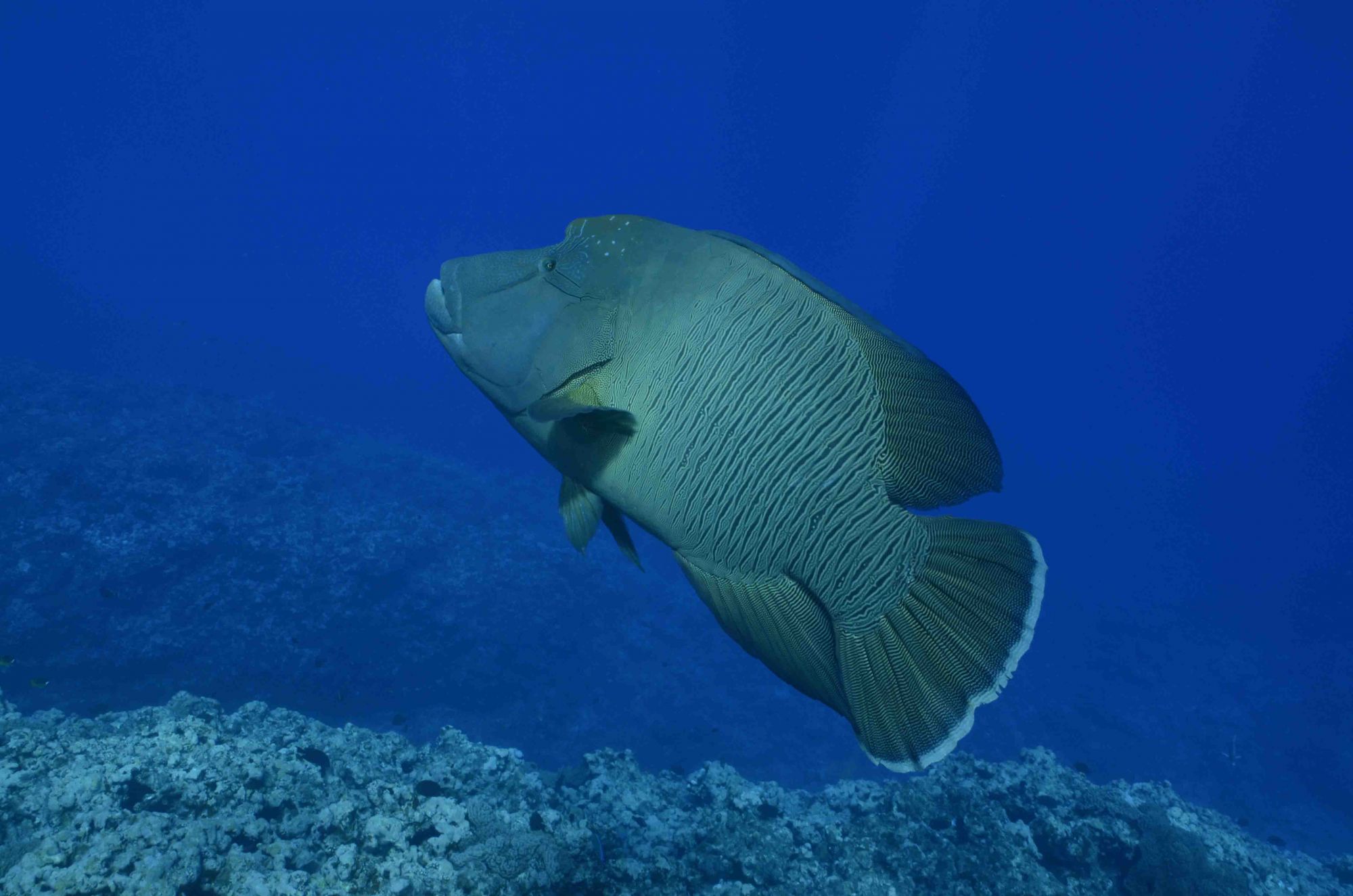Yvonne Sadovy, professor in the University of Hong Kong’s School of Biological Sciences, discusses Hong Kong's illegal trade of live reef fish
In 2015, a group of NGOs and wildlife experts joined forces to establish the Hong Kong Wildlife Trade Working Group and together fight the illegal trafficking of wildlife and animal products through Hong Kong. We met six members of the group, including Yvonne Sadovy, a professor in the University of Hong Kong’s School of Biological Sciences and a global expert in the trade of live reef fish, to learn more about the criminal trade and how it can be stopped. Here, Sadovy discusses the illegal trade of live reef fish into and through Hong Kong
How did you first get involved in fighting wildlife crime?
I’ve been in Hong Kong for almost 25 years now. I came from Puerto Rico and I’ve been working on groupers, which is a type of reef rish. When I came to Hong Kong, one of many reasons for coming here was there wasn’t much knowledge about fish or seafood despite the importance of it in the region.
I remember going around the tanks in Hong Kong—in Lei Yue Mun, Tuen Mun, Sai Kung—and I kept seeing these animals I hadn’t seen before. They were groupers but I didn’t know the species. When I started looking them up, I realised that some were coming from the other side of the planet, like the Seychelles, for example. They’re endemic, which means they only occur there. It was a real eye opener that fish were coming from so far to the Hong Kong market.
I remember being very surprised because at that time, the prices weren’t very high. It piqued my interest to find out how this trade is actually being run.
See also: Wild Hong Kong: The Nature Conservancy 2018 Photo Contest




